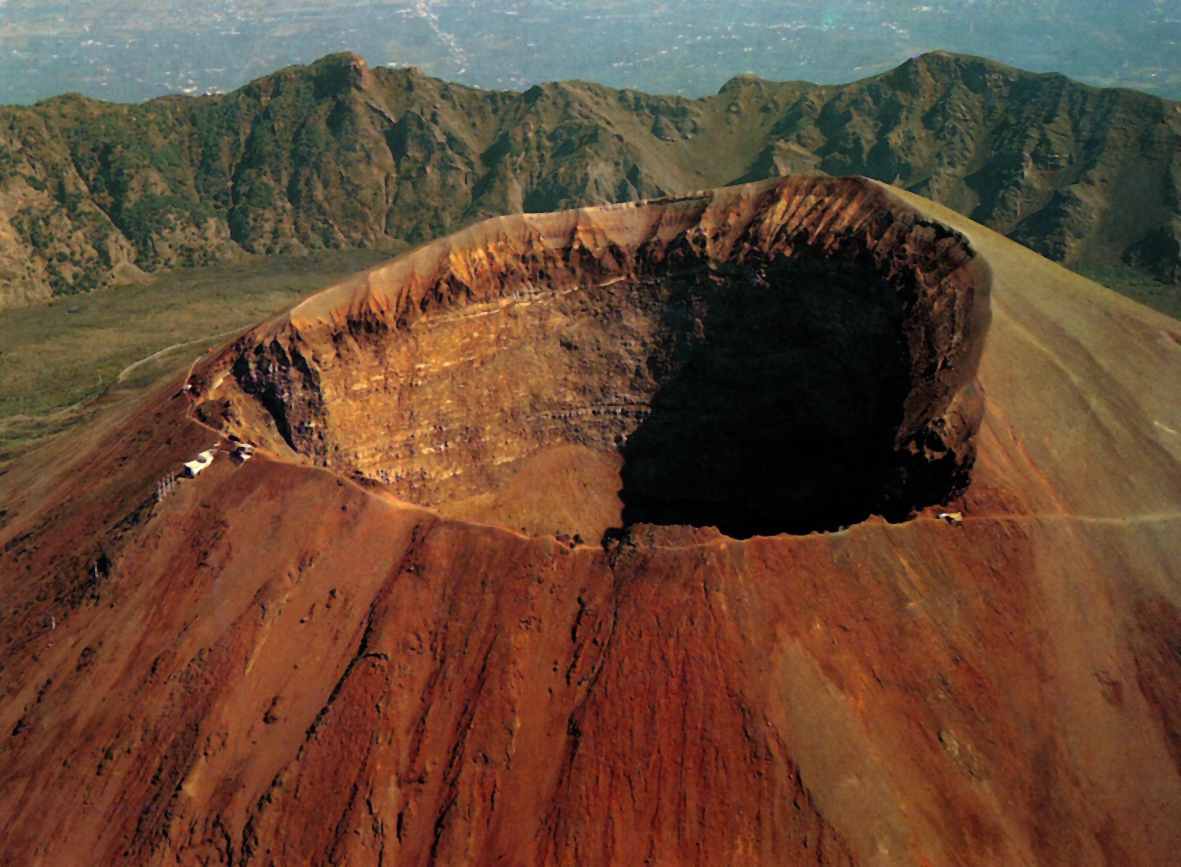October 21 , 218. EN. Italy : Vesuvius , Chile : Guallatiri , La Réunion : Piton de la Fournaise , Philippines : Kanlaon , Mexico : Popocatepetl .
October 21 , 218. Italy , Vesuvius : Vesuvius, 41 shocks in a few hours. The Observatory: "It's normal" Naples - Yesterday afternoon, there were 41 small tremors…

